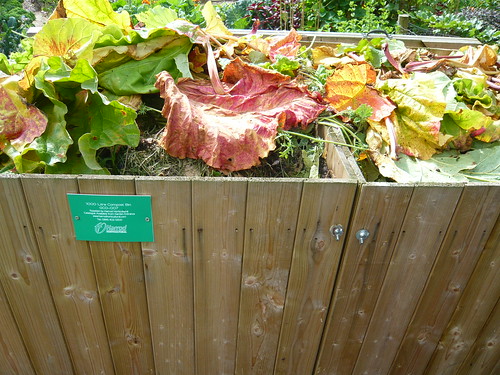High Fibre Composting
A cold composting process with the addition of crumpled paper and torn cardboard has been named High Fibre Composting. Promoted by the Centre for Alternative Technology the compost making process is simple as could be.
Step by Step Cold Composting
- Add waste to the compost heap or plastic bin as and when it is available.
- Mix kitchen and garden waste with crumpled paper and torn cardboard.
- The ratio of waste doesn’t matter but avoid thick layers of any one material.
- There is no need to turn the heap.
- The compost should be ready to use in 3 months during summer. In cold weather it will take a little longer.
Pros and Cons of High Fibre Composting
- As the compost will not heat up weed seeds and plant diseases will not be killed. Do not try compost seed heads and infected plants.
- Leave the heap open to rain as the heap needs moisture. Water the paper and card if the heap seems dry.
- Worms are a great help in composting. You can buy extra worms from a fishing tackle shop, go for red worms called ‘Dendrobaena‘.
- This composting adds carbon back into the soil and will condition your garden.
- Compost will not have high levels of nutrient so you may need to manure some parts of the garden as well.
- Given time anything that has grown will rot down using a cold process. However avoid large twigs and lumps of wood and aim for variety of composted material
Enjoy making compost it can be therapeutic for you and the environment.
